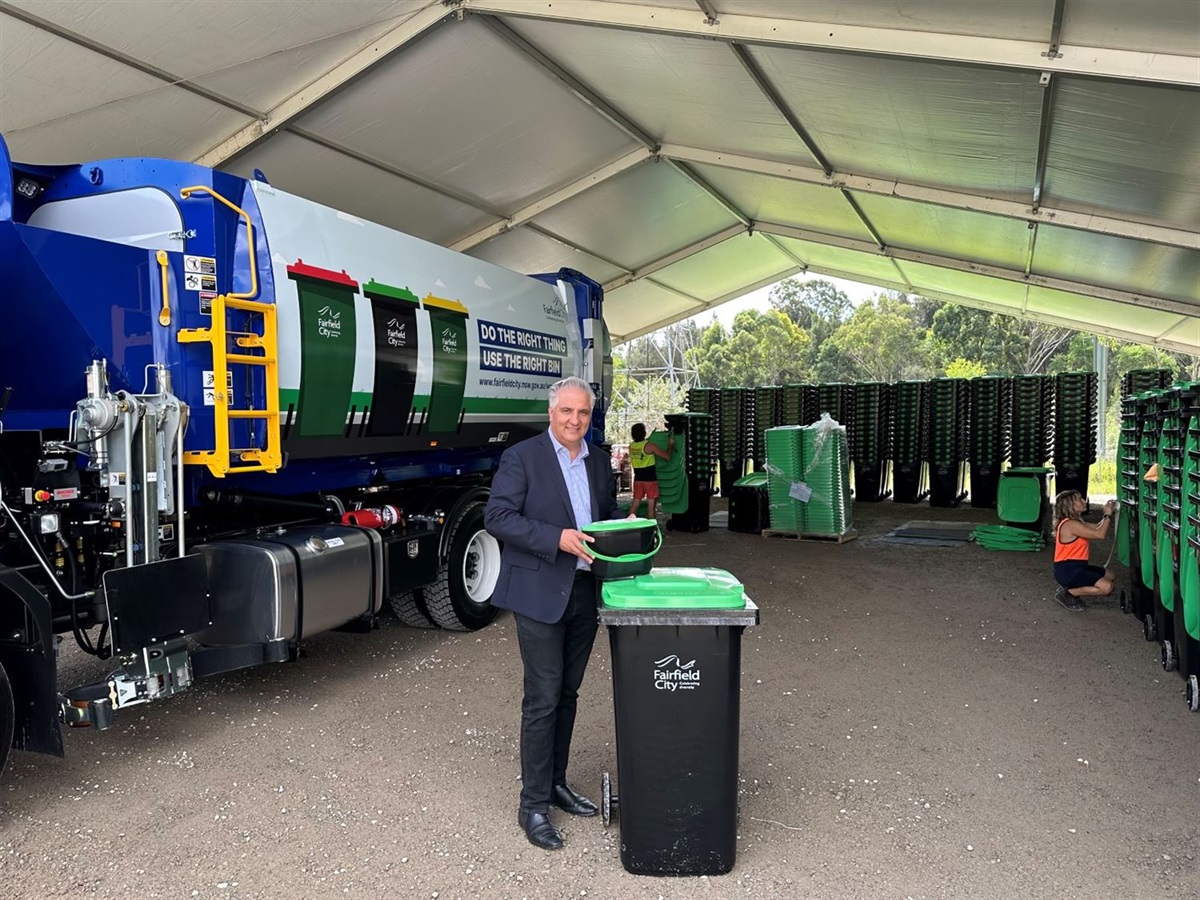
Researchers argue that prioritising vaccination of ‘superspreaders’ could contain COVID-19 faster. Credit: Pixabay.
The level of vaccination uptake will be the most important factor in controlling the COVID-19 pandemic, according to a new position paper by an international consortium of scientists which compared COVID-19 vaccination strategies.
The position paper – authored by scientists and health experts from the University of Sydney’s Centre for Complex Systems and the Faculty of Medicine and Health in collaboration with scientists and epidemiologists from India and Europe – emphasises that, given the limited availability of vaccines at the initial stage of the COVID-19 vaccination rollout, effective prioritisation and optimal use of vaccination resources will be crucial to contain the pandemic in the near future.
“It is not desirable to expose a significant portion of the population to the pathogen in order to acquire herd immunity,” said lead author, Dr Mahendra Piraveenan who is a senior lecturer in complex systems in the Faculty of Engineering.
“Instead we should aim to achieve herd immunity through vaccination to minimise morbidity and mortality. But if we get the prioritisation right, we might be able to vaccinate people who are ‘superspreaders’ first, so that herd immunity can potentially be reached with less than 60 percent of people vaccinated, which is the often-quoted approximate threshold calculated based on the basic reproduction number R0.”
The researchers argue that vaccines which target transmissibility should be given to ‘superspreaders’ first – people who are more likely to transmit the virus to many people – while vaccines that reduce symptoms and severity of the disease should be given to more vulnerable groups.
Co-author, Dr Shailendra Sawleshwarkar, clinical academic from the Westmead Clinical School and the Faculty of Medicine and Health, said: “If the vaccine reduces the transmissibility of the SARS-CoV-2 virus, then vaccination prioritisation should be based on individuals, cities or states that act as ‘superspreaders’.”
“But if the vaccine is the type that reduces symptoms, severity of disease, or mortality, prioritisation should be based on targeting individuals, cities, or states that are likely to have poorer outcomes if infected,” Dr Sawleshwarkar said.
Dr Michael Walsh, infectious disease epidemiologist and senior lecturer at the University of Sydney’s School of Public Health said: “vaccination efficacy is important, but high efficacy will not remove the need for high uptake. Indeed, some forms of suboptimal delivery and uptake, such as reducing the dosing schedule for some vaccines, could reduce a vaccine’s efficacy. The effective distribution of vaccines and the percentage of people who take those vaccines will essentially determine our success against COVID-19.”
Using “game theory” to model the vaccine rollout
The paper is currently under peer review but has been made publicly available through preprint server, arXiv due to the urgency of the COVID-19 pandemic. It also proposes that game theory coupled with simulation modelling should be used to model different vaccination uptake scenarios. In turn, these models can be used to guide policymaking in relation to the vaccine rollout.
Game theory refers to the use of mathematics to model rational decision-making by individuals or groups with competing interests.
“Given that vaccination policy decisions are often difficult to arrive at, it is absolutely vital that our policymakers get them right. We propose game theory, supplemented by social network analysis and agent-based modelling, to model and analyse various vaccine scenarios,” Dr Piraveenan said.
“Game theory is ideally suited to model vaccination uptake because it can model both ‘push’ and ‘pull’ decisions – decisions by policymakers about who should be prioritised, and decision making by individuals whether to take vaccine.
“For example, a person’s age, gender, education and clinical history may determine whether they would voluntarily take a vaccine. People who perceive they are at higher risk might have more incentive to voluntarily get vaccinated.
“It will be important to model individual decision-making patterns, so that community level vaccination outcomes can be achieved. For example, if the government has a target of vaccinating four million people by the end of March, it will be important to offer the vaccine to demographics who will have high voluntary uptake so that we don’t fall behind this goal.”
DECLARATION
No funding or conflicts of interest to declare.








